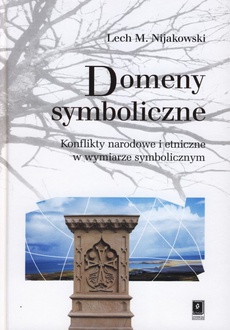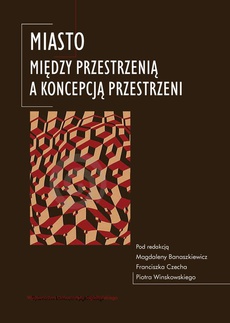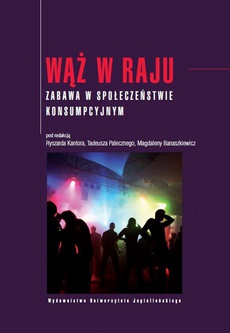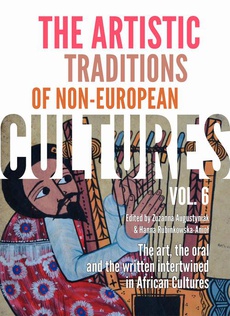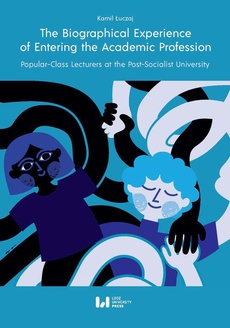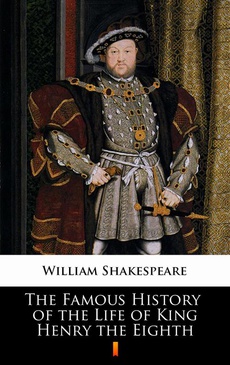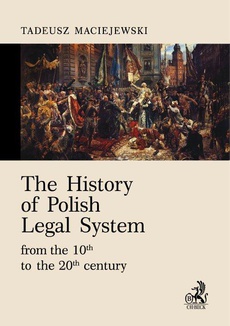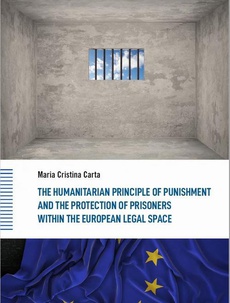POLECAMY
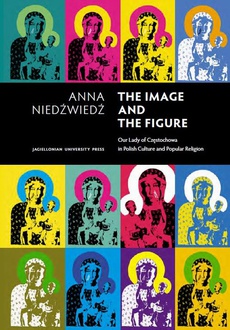
The Image and the Figure. Our Lady of Częstochowa in Polish Culture and Popular Religion
Autor:
Format:
ibuk
The image of Our Lady of Częstochowa is the most famous and the most venerated holy image in Poland. In contemporary Poland the image is a kind of a cultural icon, instantly recognizable and connected with popular symbolic and mythological meanings. Presented in this book is an analysis of beliefs, narratives (great and small stories), myths and rituals. This analysis reveals that for its devotees the image is not merely a material object and a picture – it is perceived, lived and experienced as a real person – figure of Mary – Queen and Mother.
Polish Catholicism in its contemporary form is strongly related to the notion of national identity. This strong interconnection was caused by variety of historical reasons. Throughout the entire nineteenth century it was the Catholic religion that unified the Polish society, which was at that time deprived of its own state. Those and similar processes were not unique to Poland, it was a time whe n new nationalisms were being born throughout Europe. Without an actual state, Polish history became the basis of preserving the national identity. In those circumstances the cult of Our Lady of Częstochowa was flourishing and her image became a national symbol. In her book, The Image and the Figure, Anna Niedźwiedź is describing and interpreting various forms and expressions of that cult.
Professor Czesław Robotycki, Jagiellonian University
| Rok wydania | 2010 |
|---|---|
| Liczba stron | 196 |
| Kategoria | Antropologia kulturowa |
| Wydawca | Wydawnictwo Uniwersytetu Jagiellońskiego |
| ISBN-13 | 978-83-233-2900-8 |
| Numer wydania | 1 |
| Język publikacji | polski |
| Informacja o sprzedawcy | ePWN sp. z o.o. |
Ciekawe propozycje
Spis treści
| List of illustrations IX | |
| List of tables and appendices, Abbreviations XI | |
| Acknowledgements XIII | |
| Introduction | 1 |
| Chapter I. STORIES OF ORIGIN | 5 |
| 1. What is acheiropoietos? | 5 |
| 2. The image of Our Lady of Częstochowa as acheiropoietos | 9 |
| 3. The oldest legends about the image and how it came to Jasna Góra | 22 |
| 4. Translations of the image – variations of texts | 26 |
| 5. The contemporary legends of origin | 30 |
| 6. The great story as a contemporary etiological legend | 43 |
| Chapter II. THE WOUNDED IMAGE | 49 |
| 1. The image of Our Lady of Częstochowa as a wounded picture | 49 |
| 2. Changes within the oldest legends concerning the wounding of the image | 51 |
| 3. The meanings attributed to the attack of 1430 | 54 |
| 4. The contemporary tale of the wounding of the image | 60 |
| 5. The bleeding and weeping of images | 63 |
| 6. “The wounds are elongating” | 66 |
| 7. The symbolism of the wounds in the underground art of the 1980s | 71 |
| 8. The wounds in the transitory poetry of the 1980s | 76 |
| 9. “Wounded and Black” | 83 |
| Chapter III. QUEEN OF THE NATION | 89 |
| 1. The myth of the miraculous defense in European culture | 89 |
| 2. The miraculous defense of the Jasna Góra Monastery | 94 |
| 3. Contemporary memory of the defense | 96 |
| 4. The miraculous defense and the story of the wounding | 101 |
| 5. The coronation of 1717 and the title of Queen | 104 |
| 6. The Miracle on the Vistula | 112 |
| 7. Miraculous defense in stories about World War II | 116 |
| 8. The great story as a national myth | 119 |
| 9. Jasna Góra – the spiritual capital of Poland | 126 |
| 10. Queen and Mother – a documentation of one exhibition | 132 |
| Chapter IV. THE IMAGE-FIGURE IN LIVED RELIGION | 139 |
| 1. Sensual non-differentiation | 139 |
| 2. “Countenance” | 144 |
| 3. “Mother” | 150 |
| 4. Mater Dolorosa | 154 |
| 5. Miraculous consciousness | 156 |
| 6. Peregrination of the image-figure | 162 |
| 7. “A Guest in the home” | 170 |
| 8. The fi gure without the image – the peregrination of an empty frame | 174 |
| Epilogue story | 179 |
| Appendix | 180 |
| Selected bibliography | 183 |
| Index | 193 |







